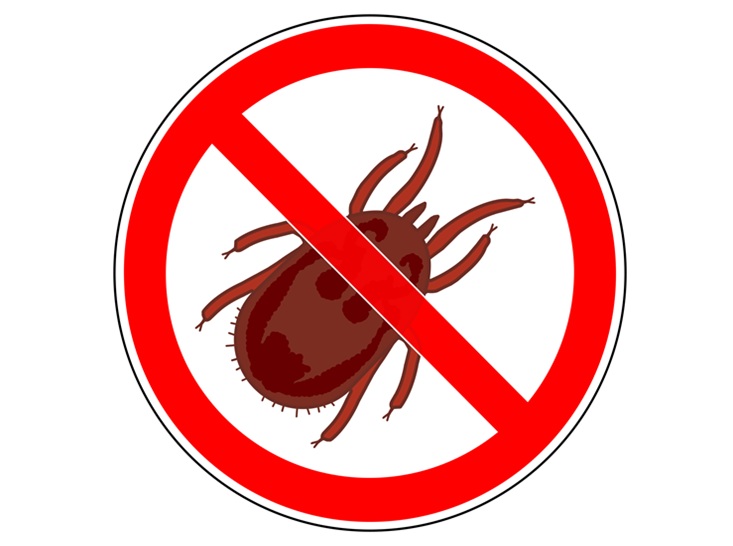By Sara Throne, DVM, MAM, Dipl. ACPV
Simmons Foods, Inc.
Siloam Springs, AR, USA
Over the past few years, I’ve gotten many a phone call that started out with: ”I hear you have inclusion body hepatitis (IBH).” Or maybe I was the one making the phone call. Misery loves company, and it does help to try to problem-solve by networking. IBH is one of those diseases that can rear its ugly head and make you give up hope momentarily.
On the bright side, there appear to be somewhat fewer phone calls about IBH than there were half a decade ago. I think it’s because of the multipronged approach we’ve been using. To be sure, there’s no silver bullet, but doing the right things repeatedly has resulted in a decreased incidence of this troubling disease.
Within our grow-out, IBH presented in our small-bird complex, only with higher-than-normal mortality. Clinically, we would see birds slightly huddled with ruffled feathers. On necropsy, birds had the typical swollen livers with pale to yellow spots, just as IBH is described in textbooks.
Looking back at the time we first had problems with IBH, we focused on three main areas — breeder immunity, broiler stressors and broiler immunity. The breeder team, the hatchery and growers all needed to focus on IBH if it was to be prevented and controlled.
IBH stressors
Our small-bird broiler manager quickly focused on stress as a major factor when birds broke with IBH. Stressors can come in many different fashions, but a few culprits quickly rose to the top of the list.
Overheating, whether in the hatchery, at transport or in the chicken house, can set birds up for IBH manifestation, even weeks later. Aggressive growth rates, at times due to light duration or intensity, can affect IBH incidence. Feed availability is equally important. The transition from brooding to the full house can be associated not only with the development of necrotic enteritis (NE); we also found it to be important regarding IBH development.
Overall, the focus needs to be on getting the basics right: feed, water, lights, temperature, air and litter. These are high-performing birds, and they need to be placed in an optimal environment if they’re going to reach their potential. Given the ubiquitous nature of adenoviruses, anything that is less than optimal, even momentarily, can cause immunosuppression, resulting in IBH.
Immune health is key
Immune health is of paramount importance with both broilers and breeders. With our broilers, we found we really needed to focus on bursal health. Here, we took a two-pronged approach through hatchery and field vaccination. We utilized a recombinant vaccine with an infectious bursal disease (IBD) insert across our small-bird complex.
In addition, our broiler manager kept detailed notes of “repeater farms.” On these farms, we started to utilize an IBD field-vaccination program at about 10 days of age. Field vaccination wasn’t a one-shot deal; rather, it took several cycles before we really saw improvements on the farm. We tended to set expectations with growers that we wouldn’t see much improvement until the third rotation.
Lastly and equally important was a focus on immunity in our hen flocks, in which we used an autogenous IBH vaccine. It takes quite a while to develop an autogenous vaccine; farms with IBH must be identified, and the virus has to be isolated, grown and characterized, etc. While waiting for the autogenous vaccines, we focused on broiler management aimed at preventing IBH.
Making adjustments
Like many other poultry companies, we have an extensive pullet vaccination program. Trying to find another route of inoculation proved difficult, but our team made it happen. It meant making some changes to how we control other diseases, teaching team members new vaccination spots, moving people around from their spot on the wheel and making an additional investment in the vaccine. After trying just one injection, we ultimately opted for two doses of an autogenous vaccine given at the typical time of 12 and 18 weeks of age.
It was important to truly understand the extent of the problem, which required gathering a lot of data in the form of an extensive spreadsheet. I may have started it, but others quickly added columns and populated it with extra data to try to figure out what factors might play a role in our challenge.
We developed the spreadsheet by broiler house and used it to track many broiler management-related factors, such as age of litter, the NE challenge, past history with IBH and brooding complications. We included hatchery effects such as the day, date and time of delivery, all the way to the pullet and breeders — breed crosses, breeder flock sources and vaccine serial numbers. While our IBH incidence has been greatly reduced, we still utilize this method to track cases and make sure we can anticipate issues before they become a problem.
IBH can be very frustrating for the entire team and for growers. But when their efforts coalesce to provide solutions for improved animal health and welfare, it can also be quite rewarding.
Editor’s note: The opinions and/or recommendations presented in this article belong to the author and are not necessarily shared by Modern Poultry.





